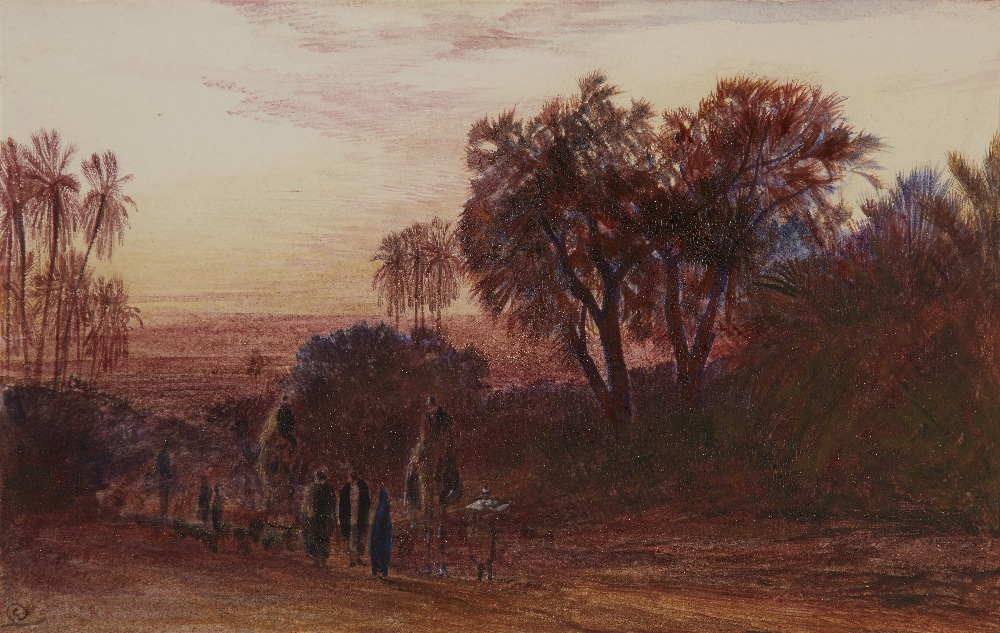Tell me about this theme
The 18th and 19th centuries bore witness to a great number of European-born artists travelling, both further afield in wider regions often connected with empire and trade, but also closer to home, on the Continent. This month’s auction presents many high quality works of this European category, with artists capturing unique landscapes, cityscapes and seascapes in countries other than their home lands.
Lot 139: Alessandro d'Anna, Italian 1746-1810- Veduta di Pozzuoli da Occidente
What was The Grand Tour and was this connected?
Absolutely! The Grand Tour usually conjures images of Italian travel, but in reality it encompassed many wider-European countries. Essentially, The Grand Tour was traditional trip through Europe, with Italy as a key destination, undertaken by upper-class young European men of sufficient means and rank (typically accompanied by a tutor or family member) when they had come of age (about 21 years old).
Lot 243: Federico del Campo, Peruvian 1837-1927- The Doge's Palace and the Grand Canal, Venice
What are some of the key works relating to Italian Grand Tour in the upcoming sale?
An English artist abroad - James Baker Pyne - travelled extensively on the Continent and in Italy from 1835 onwards. The sale features his stunning view in oils of the Gulf of Spezia, which in colouring and composition very much betrays the influence of Turner.
Another significant example is by Peruvian-born Federico del Campo who moved to Italy and devoted himself to painting Venetian ‘vedute’. Lot 243 is a sweeping view overlooking the Venetian lagoon and encompassing the Doge's Palace, the entrance to St Mark's Square, and the Church of Santa Maria della Salute.
Conversely, many Italian artists worked locally producing works for visiting tourists. ‘Vedute’ scenes by Giovanni Paolo Panini (and indeed most works of ‘vedutismo’ by artists), for example, were generally produced for individuals participating in the Grand Tour. Panini’s works were particularly praised by both British and French Academic painters due to the consistent subject matter - the city of Rome - which reflected the same values of order, simplicity, proportion, and harmony that are evident in history painting. In this sale, we have a wonderful work on paper ‘View of Piazza Colonna with the Column of Marcus Aurelius, Rome’ by Panini (lot 42).
Lot 210: Edward Lear, British 1812-1888- Sunset on the road by the Nile
Where do Orientalist Pictures fit in?
Orientalist paintings represent the landscapes, people and cultures of North Africa, Egypt, the Levant, Arabia and the Ottoman world during the 19th century. Significant examples from this sale include Edward Lear’s ‘Sunset on the road by the Nile’ (lot 210) and Charles Knighton Warren’s ‘Boy playing a twin armed flute’ (lot 350).
Which is the lot ‘to watch’ in this category?
Hermann David Solomon Corrodi gained international acclaim as a painter of Orientalist subjects through his commissions from the British and Austro-Hungarian royal families. This sale features an exquisite oil by Corrodi of The Acropolis in Athens. The painting is a carefully executed and high quality preparatory study for, or version of, Corrodi's oil which sold at Christie's, London, 15 June 2015, lot 46 (£32,500). It’s a first-class work by the Italian master, which will, no doubt, be reflected in its performance on 29th March.









